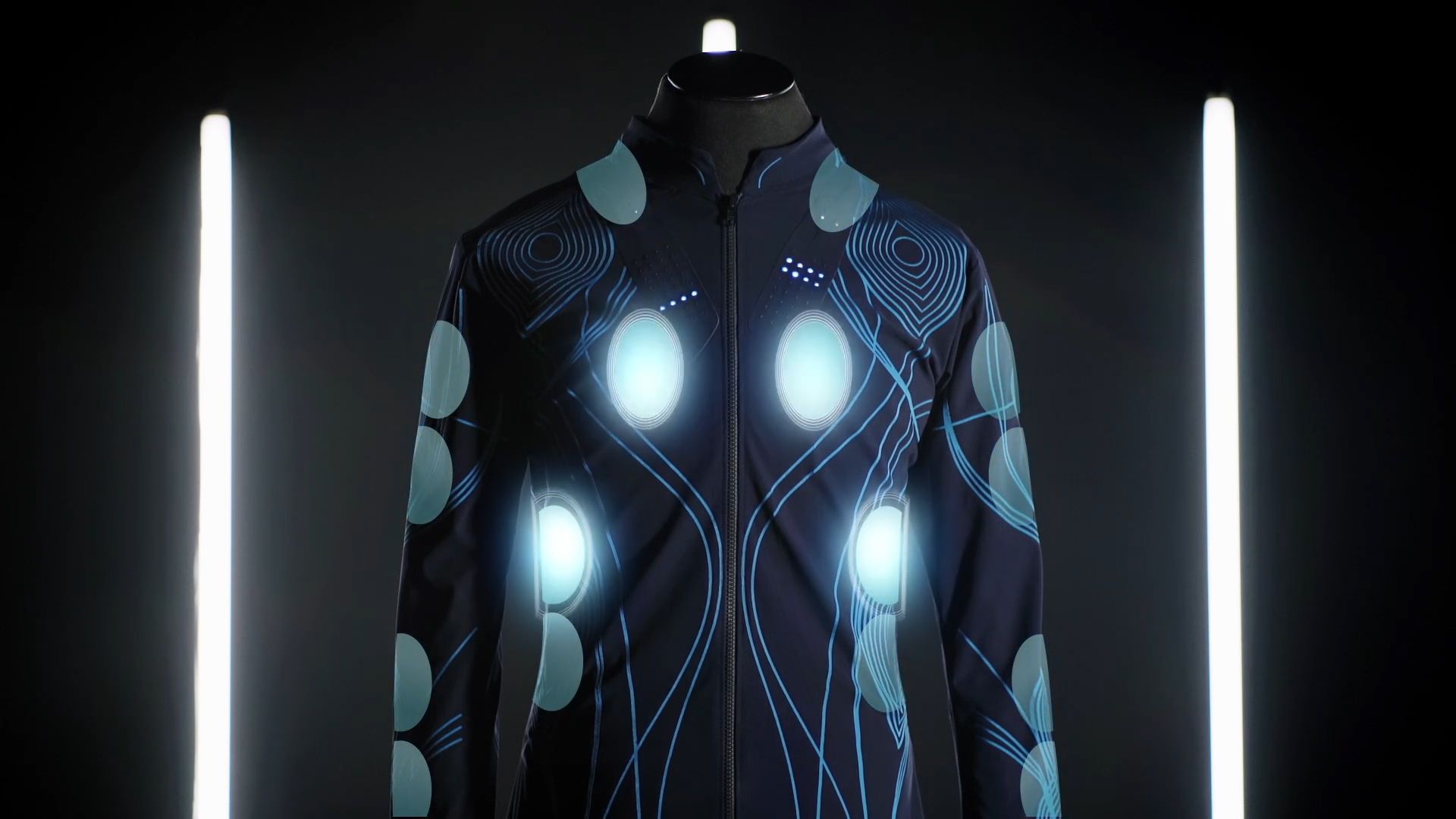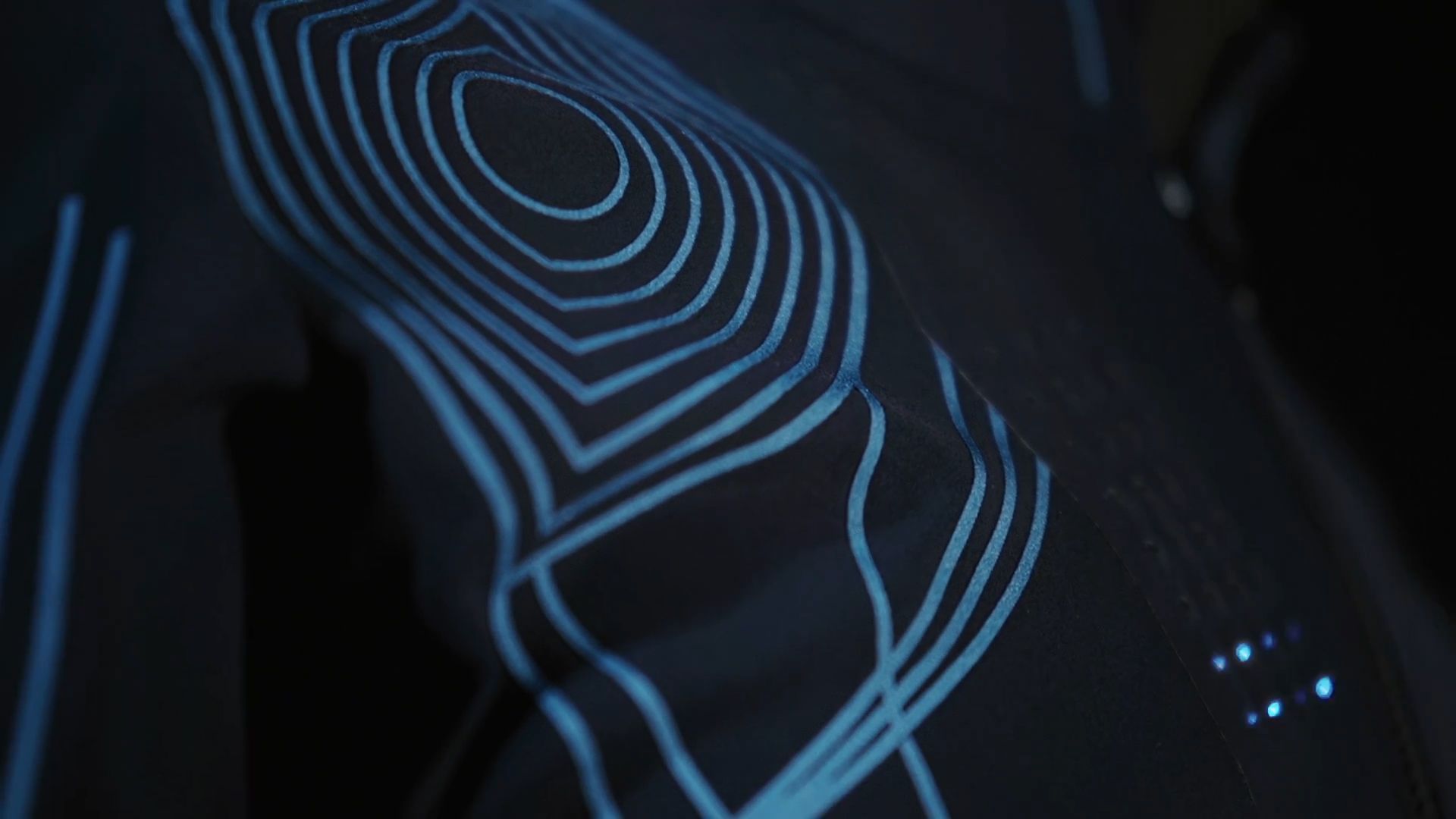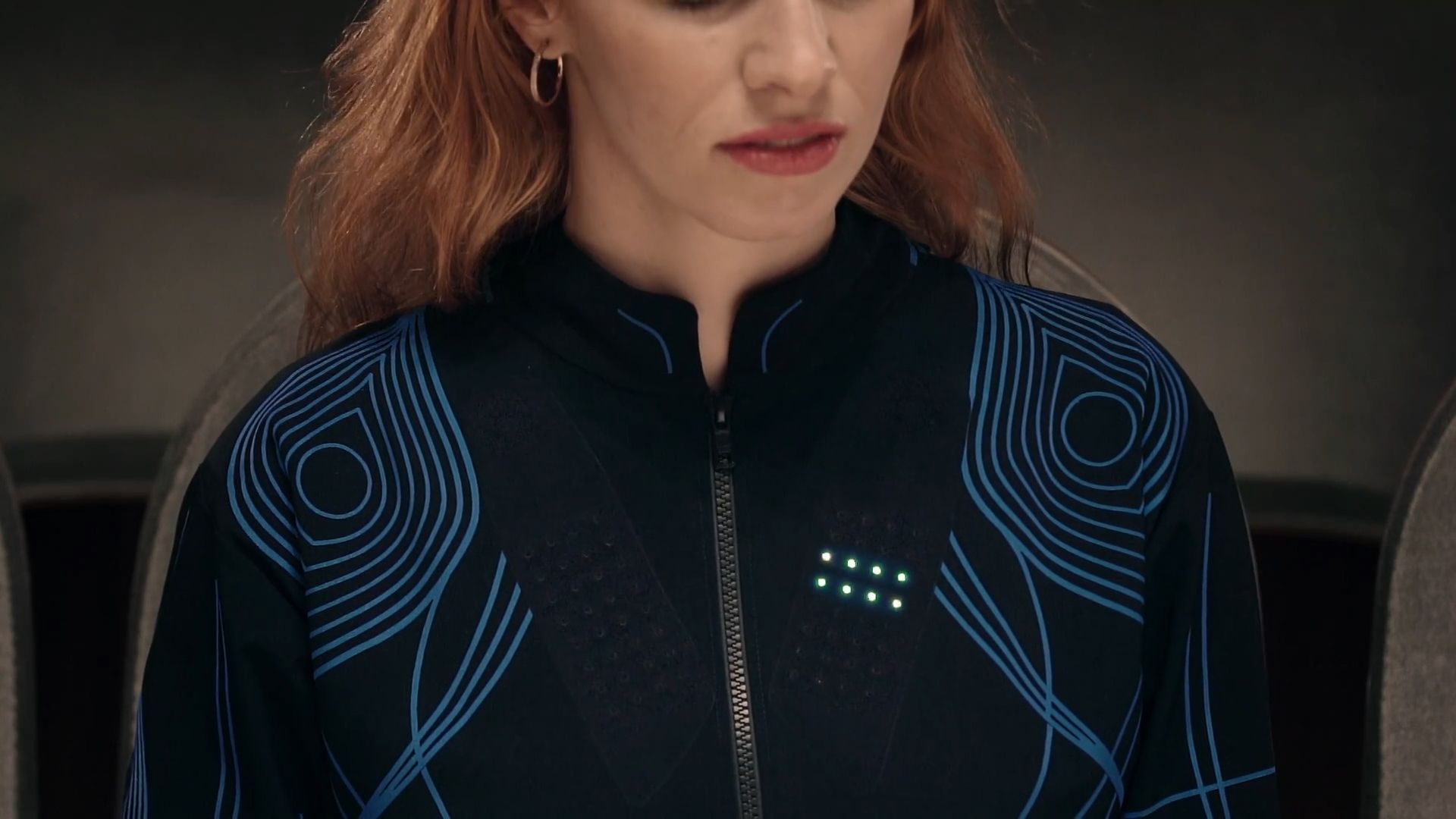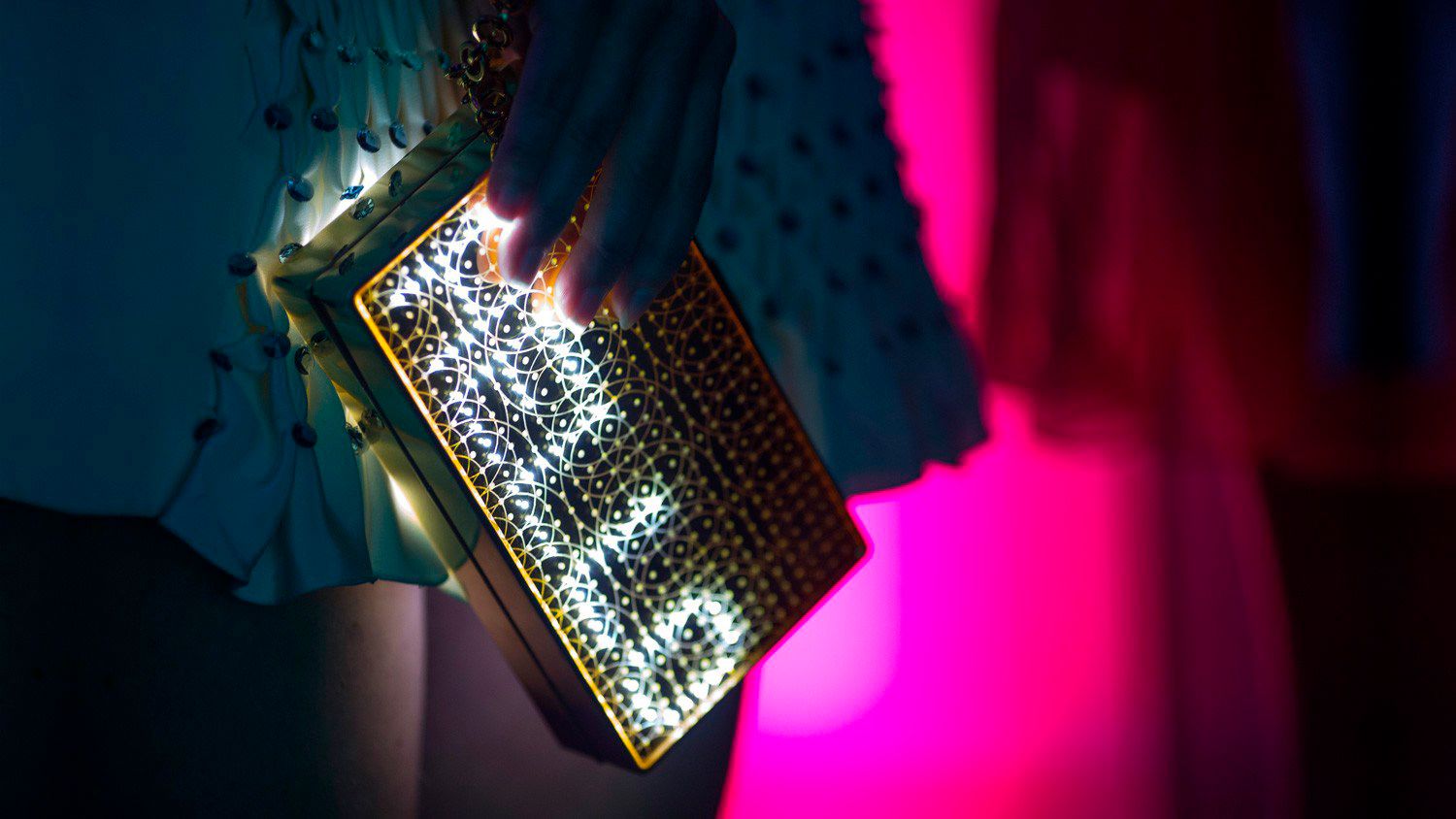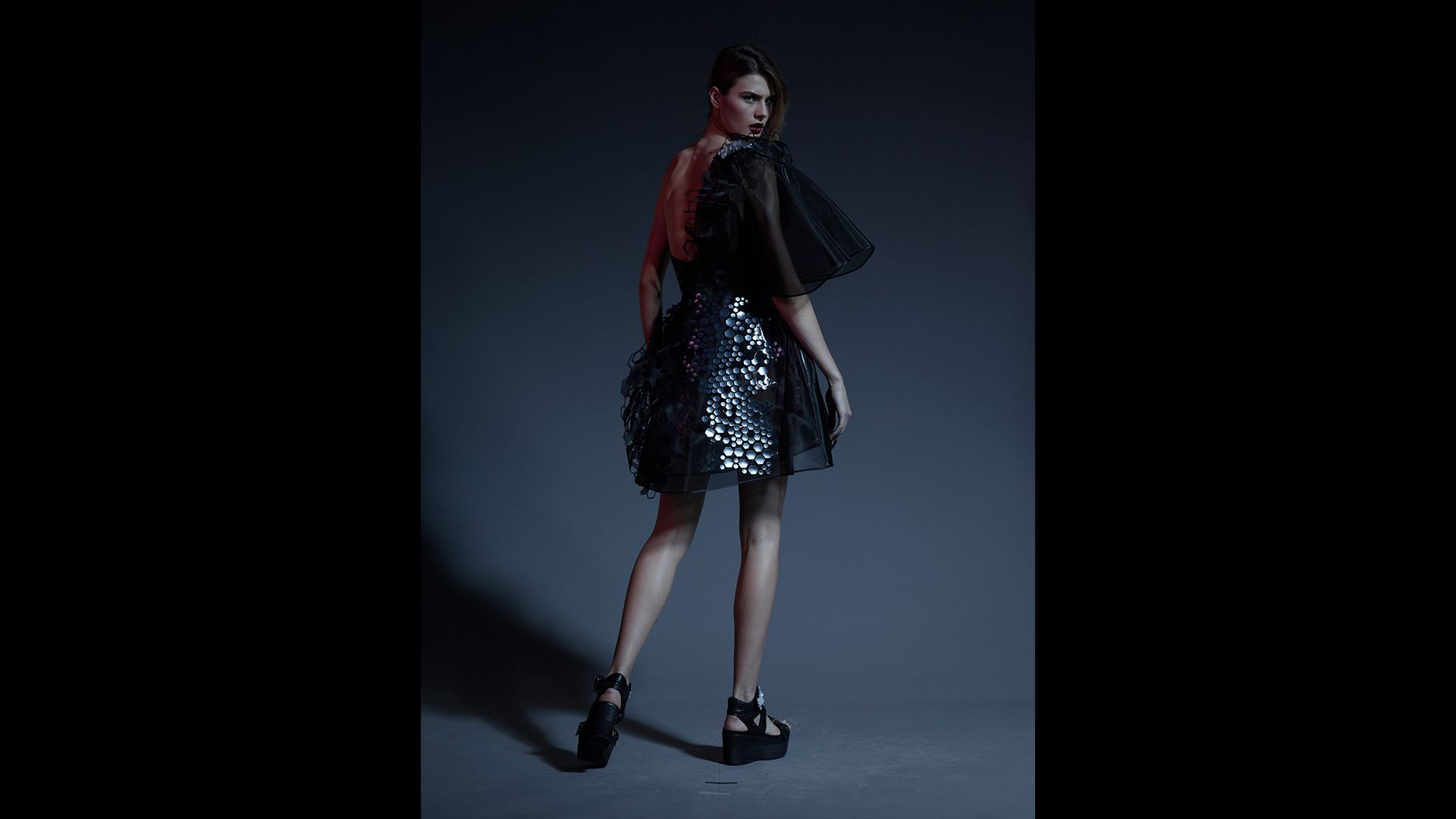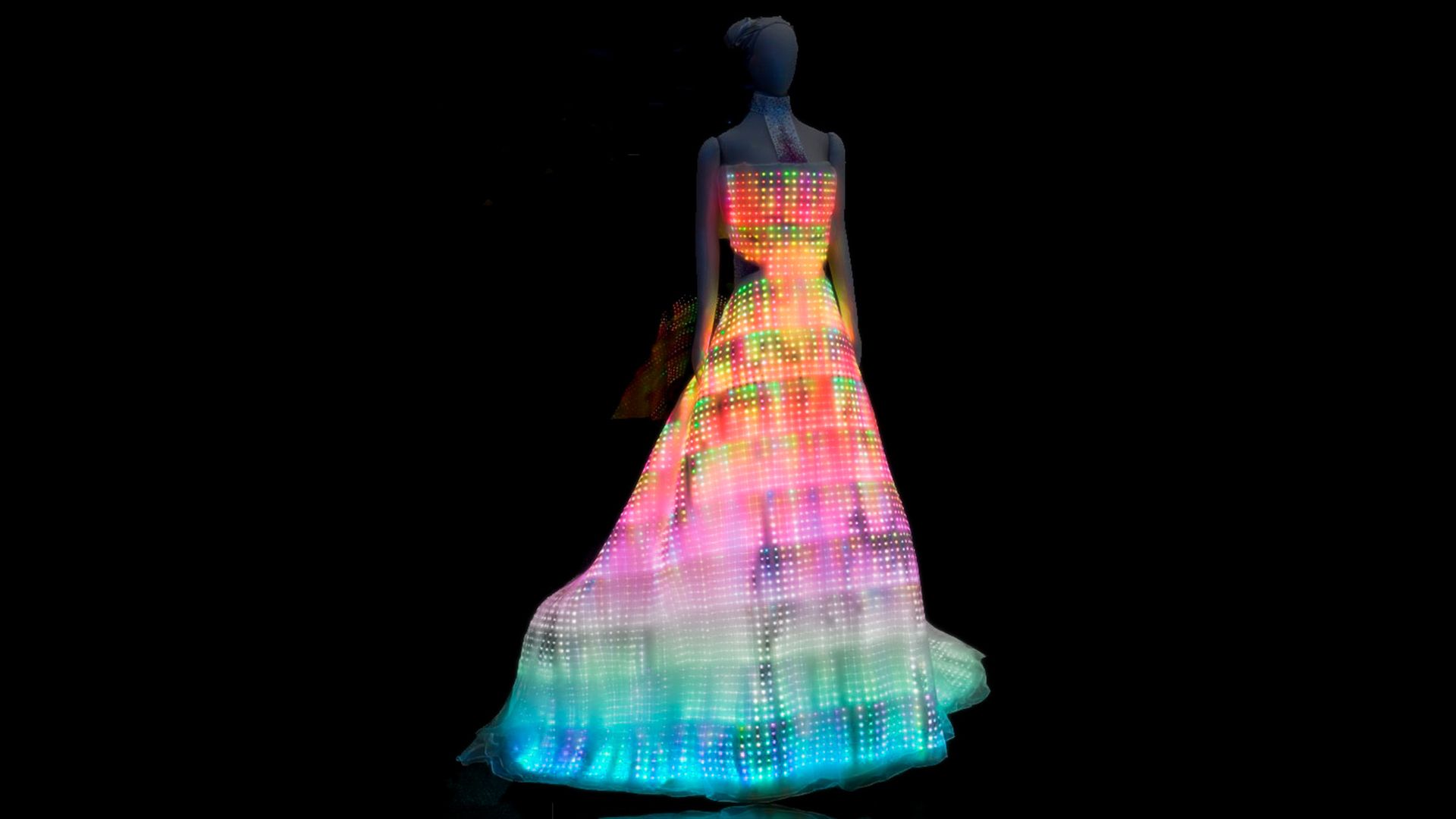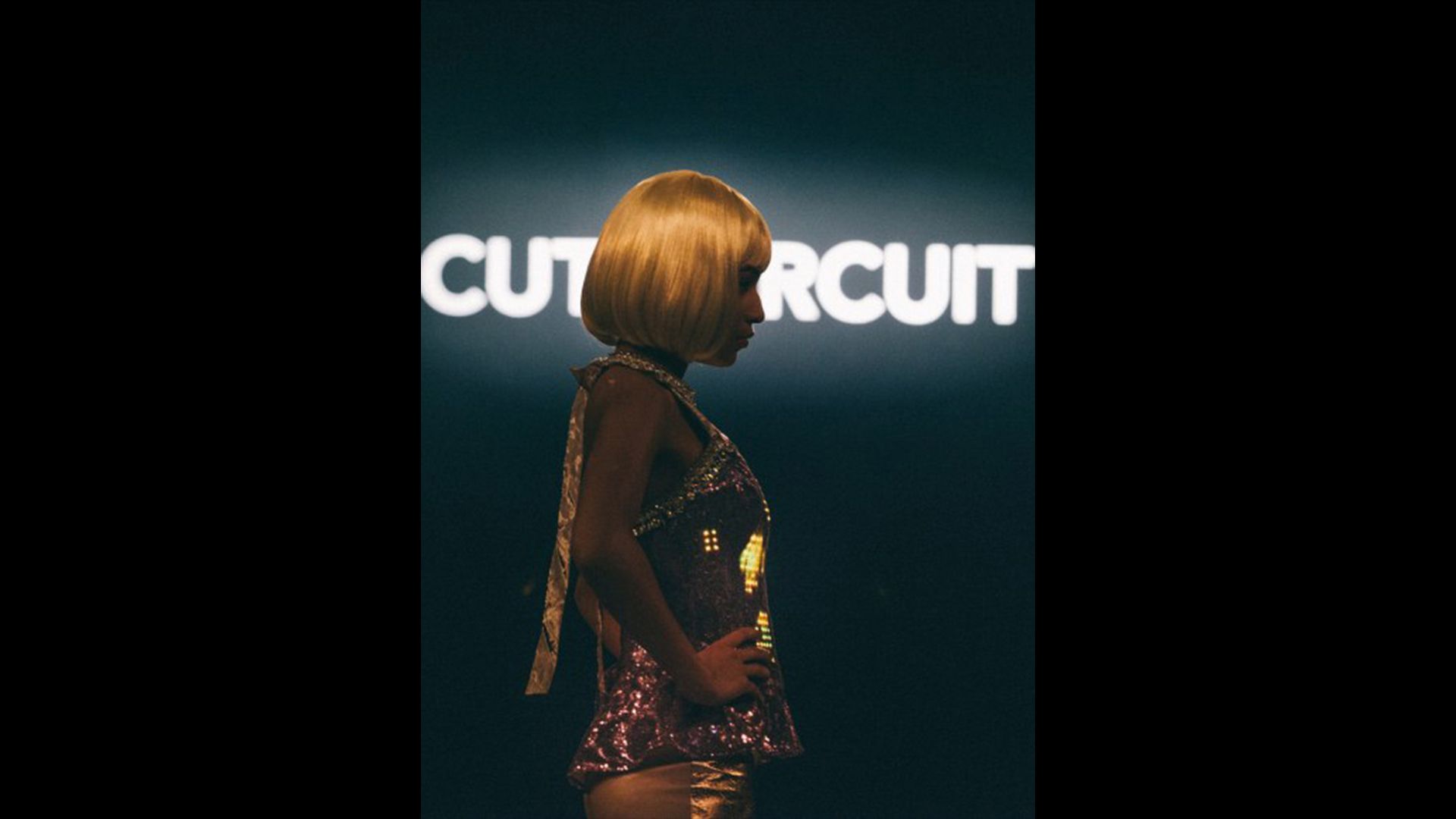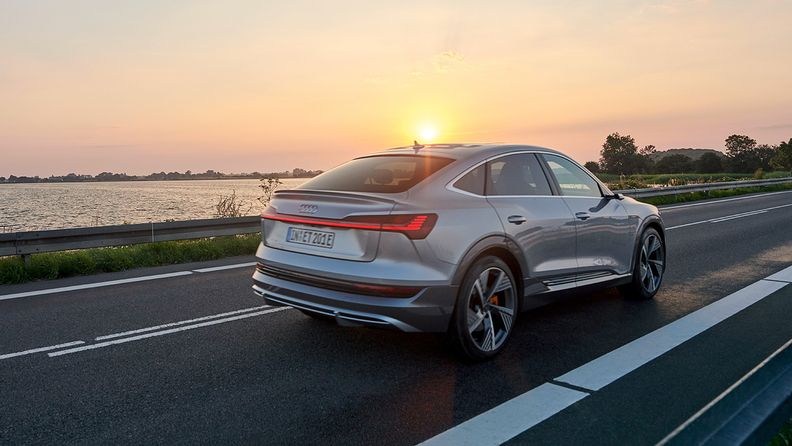Fashion 3.0: a shirt that listens
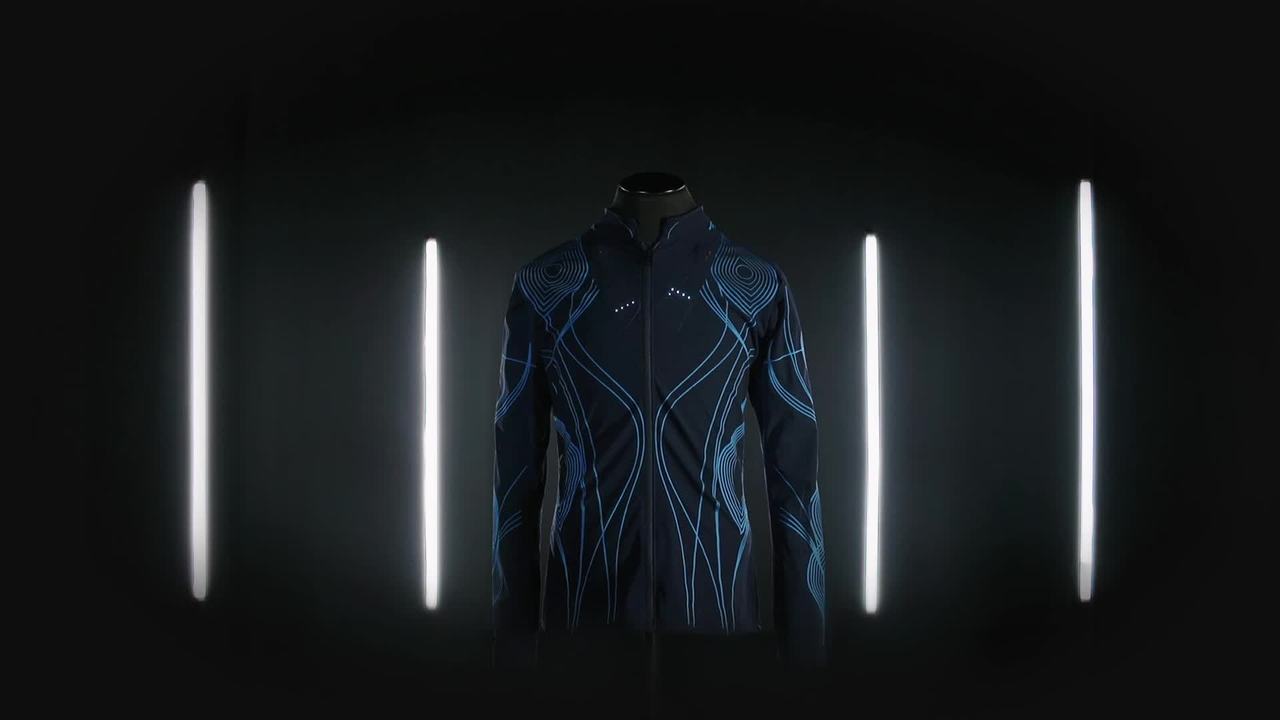
Inventing fashion that really improves our lives: the guiding principle of the London tech-fashion label CuteCircuit is as simple as it is groundbreaking. The latest stroke of genius by the creative heads of CuteCircuit, Francesca Rosella and Ryan Genz, is the SoundShirt—a soft, ultra-lightweight top that uses woven-in micro-technology and specially developed software to make music feel as vibration and haptics on the body. Francesca and Ryan developed the first version for the Junge Symphoniker Orchestra Hamburg. Francesca reports: "Four years ago, employees of the orchestra contacted us. They had the idea of using one of our inventions, the HugShirt, to make their music accessible to hearing-impaired people". Francesca and Ryan had already developed this shirt in 2001 as part of a graduate program at the Interaction Design Institute Ivrea in Italy. It became the initial spark for the founding of their joint company and has been continuously developed ever since. The idea and the product are still considered brilliant today and have won several awards: a shirt designed to fit the body and made of conductive material simulates a personalised hug—now controllable via app.
Sound turns into haptics
The SoundShirt is the further development of this idea, explains Francesca. "At a concert it works like this: directional microphones pick up each instrument individually, the sound is digitized and transferred to our software. The special thing is that we have connected different areas of the shirt with different parts of the orchestra. You can feel the strings on your arms, from the first violin on the shoulder to the cello on the forearm. Right and left in the waist you can feel the woodwinds, drums and brass on your back and in the middle of your body." A unique experience for deaf people—as well as for a conventional audience: One experiences the compositions and the sense of community of a live concert in an undreamt-of intensity. Encouraged by the enthusiastic feedback of the very first users, CuteCircuit has been able to make the experience even more complex: Instead of the original 16 so-called Actuation Areas, there are now a full 30 distributed on the shirt. Within the individual areas, three types of micro motors provide different amplitudes of intensity.
It is particularly important to the design team that you don't feel the technology in the shirt—until you are supposed to feel it. "All our designs are wireless. We want them to feel like fashion, not gadgets." The tiny processors, batteries and conductive loops are so slim and flexible that they can be embedded seamlessly into the surrounding conductive smart fabric. Before meeting this requirement, Ryan and Francesca had to go through some frustrating experiences with suppliers—the result of their orders to technology suppliers were bulky, sharp-edged elements that had nothing to do with their vision. Finally Ryan, a graduate cultural anthropologist, web and interface designer, had had enough: he learned to design circuits himself. The result was the first heart-shaped, wafer-thin specimen that can be admired today in the Chicago Museum of Science and Industry. "Hence our name," explains Francesca.
2020: The SoundShirt in everyday life
A highly specialised high-end product is now gradually becoming a piece of smart fashion for everyone. On the website of CuteCircuit you can already pre-order the SoundShirt—the development of a new control app is in full swing. There will be a music player integrated into the app: You choose a song from your own music library, then the algorithm of the CuteCircuit software reads the data of the track, analyzes it, splits it into single frequencies and distributes it to the different areas of the shirt. One can even watch the algorithm work via visualization interface. The result is a multidimensional hearing and feeling experience just like the original software in the concert hall—even though the music comes from the smartphone. Francesca and Ryan expect the app to be available in the next few months. "The shirts are already in high demand on the gaming and e-sports scene," says Ryan.
“
You want to feel connected. And this principle, this possibility, is what we are bringing to fashion.”
How CuteCircuit became a cult label
Already before the designers made new waves with the SoundShirt, CuteCircuit had appeared again and again in the media. Speciality of the company: Smart Fashion on an Haute-Couture level. CuteCircuit designs are exhibited in design and technology museums around the globe, and there has also been a design collaboration with Chanel. In addition, the company has created highly acclaimed commissioned works for world stars such as Katy Perry and U2. "U2 approached us because they were looking for a way to involve an audience of 60,000 people right up to the last row in the concert experience. So we designed illuminable jackets and then animated the woven-in micro-LEDs in relation to the animated stage set. In one situation it looked like the musicians were beamed onto the stage from a huge conical screen. From the crowd came one big wow," recalls Francesca, who watched the moment backstage.
The collaboration with US megastar Katy Perry was somewhat different: "Katy had seen one of our designs, an illuminated haute couture dress called 'Galaxy Dress', at the Museum of Science and Industry and wanted to wear it at the Met Gala," says Francesca. An impressive commission, because the annual ball at the New York Metropolitan Museum of Art is considered the most extravagant fashion event in the world. "It had taken us six months to produce the original Galaxy Dress, so unfortunately we couldn't fulfill her exact wish. But we made another design for her within a few days and brought it to her personally—right up to her hotel room in New York. When we arrived back at the airport in London after the gala, our dress was emblazoned on all the front pages. It was a crazy moment."
The designers use different technologies and smart fabrics. But their favorite tool, their signature approach so to speak, is working with micro-LEDs. "We've developed a special LED fabric—we call it Magic Fabric," explains Ryan. "This fabric can be used to create any color, any movement, any shape. It turns our clothes into portable canvases. Our micro-LEDs are paper-thin. They are laminated into the fabric, which remains flexible and soft. The technology for this is patented by us. It's a whole new way to incorporate micro-technology into clothing."

Connectivity: the future of fashion
With HugShirt, SoundShirt, smart haute couture designs and superstar collaborations, the designer duo have achieved milestones over the past 15 years. How do they imagine the fashion of the future? Francesca, who had worked for haute couture labels and major fashion companies before turning to interaction design, paints a very precise picture: "All the technical gadgets that you have to carry around with you now will disappear with their sensors and processors in the fibers of our clothing. We will decide for ourselves what we turn on and off, but mobile technology and social media will be a part of our wardrobe".
Another important aspect that could make smart fashion the fashion of the future: its sustainability. Francesca: "It will no longer be about mass consumption, but about ever higher quality and ever more possibilities. People will no longer produce and/or buy a new garment, but software updates with new animations and designs. We already give a lifetime guarantee on our clothing. Because we know: It can always be repaired, recycled or updated."
And Ryan adds: "Many people still think that the consumer principle of fashion and that of technology are incompatible. When you buy a phone today, you expect it to connect you to friends and family in a more advanced way than ten years ago. That's true of all the products that are close to us and define our lifestyle. When you buy a high-quality new car, you expect different and better features than with the last one. In the future, it will be less about a pure higher, faster, further development of increasingly sophisticated products. And certainly not about innovation as an end in itself. It is about the fact that people are developing ever higher demands on their lives as such. He wants to feel connected. And this principle, this ability is what we are bringing into fashion."
Fashion, fabrics and the future of mobility
A guest contribution by Simona Falcinella, Designer at Audi Color & Trim: Cars are a highly adaptable high-tech product that not only moves us, but also perfectly connects us: in the interior with our devices, via the Internet with the outside world and via a variety of sensors with our immediate surroundings. Our vehicle interiors are the networking module between the vehicle and its occupant: A place of physical interaction, where each element has a specific function – beyond its design beauty. The feel of the surfaces is of great importance here. They must feel pleasant to the touch, be breathable and resistant, and offer grip and comfort in every driving situation. However, the choice of materials for our interiors is not only relevant in terms of their visible aesthetic surface and surface treatments: Underneath the top layer of each material lies a specific construction and a sensible, intelligent design process aimed at achieving the best possible performance. Our materials have a structural and functional backbone—coupled with an expressive and aesthetic design message. Design, fashion, trends and society are closely linked and constantly influence each other. We carefully observe fashion and design trends to find inspiration and ideas. We then elaborate these ideas, filter and translate them into a pure Audi design language and into the characteristic Audi colour and material code. In this way we remain relevant, distinctive and fit for the future.
